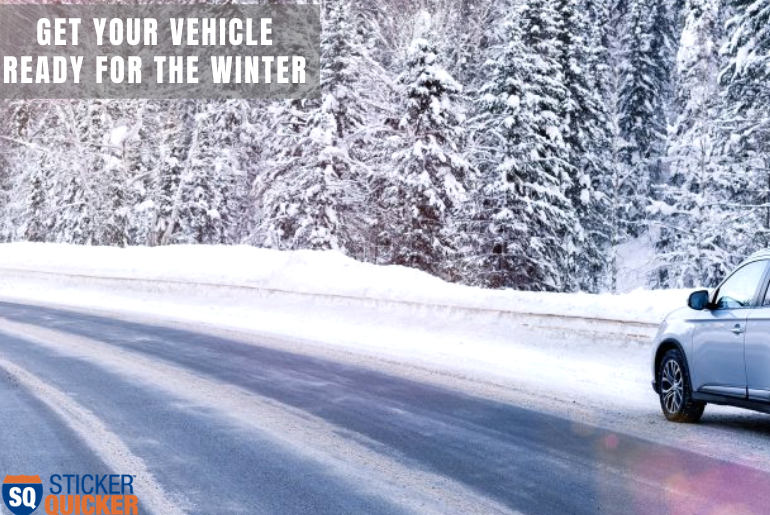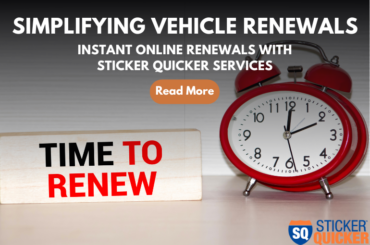The holidays have passed, and it now marks the beginning of the winter season. Rain, ice, and cold winds can all make traveling the California highways a hassle. Crowded highways paired with poor road conditions can be a recipe for disaster. If you haven’t already, now is the best time to inspect your car and ensure it is in good shape for the winter roads. Even though you can never fully predict the weather, there are useful ways that you can prepare yourself and your vehicle for whatever is to come this season.
Continue reading to discover important tips on how to share the road safely this winter.
Stay Ahead of the Storm
During the winter season, there is an increased likelihood of vehicle collisions. As the winter weather sets in, ice, wind and rain can all cause unpredictable conditions on the road, but it never hurts to be prepared for the worse. Before heading out, stay up to date on the current weather and road conditions by listening to the Caltrans Highway Advisory Radio or calling the California Highway Information Network. These platforms are constantly updated with the current travel conditions to keep drivers safe and aware. If you can, try to minimize travel during these times, but, if it is necessary to travel in poor weather conditions, make sure your car is ready to take on the weather.
Brake Yourself
It is important to check all components of your vehicle to make travel safe and efficient. At the top of the list is your car’s brakes. Make sure that your brakes and brake lights are in good shape and working properly. In high traffic situations, you will need to use your brakes frequently. Your brake lights can warn others behind you that it is time to slow down or come to a stop. Properly operating brakes and brake lights can ensure the safety of you and others on the road.
Tired Tires
Slippery roads, covered in rain and ice can make it easy for you to lose control of your vehicle on the highway. Always ensure that all your tires are inflated and the tread of each tire is in good condition. In the case of a flat tire or poor tread on your tires, it is important to always carry a spare in your trunk. Or opt for tires with deeper treads that allow for better traction.
Relax, Don’t Panic
In the unpredictable conditions on the slippery roads, there is an increased chance of skidding or hydroplaning on the road. In these situations, turn off cruise control as it can cause your car to skid and lose tire traction on the roads. Slow down and use your seatbelt, driving too fast can increase the chances of an accident occurring and seatbelts are always a good safety precaution just in case. If you do start to skid or hydroplane while driving remember this advice to safely regain control of your vehicle. In the event that you start to skid, turn the wheel in the direction of the skid until you recover control and can straighten out the wheel again. If you are hydroplaning, whatever you do, don’t brake, just take your foot off the gas until you feel traction again. If you feel as though you absolutely need to brake, do not fully apply pressure to the brakes but rather a light pumping motion to slow down your vehicle. Though skidding and hydroplaning can be very scary in the moment, remaining calm and remembering this advice could help you stay safe in the event of an emergency.
Be Observant

Anything can happen in poor weather conditions, so it is important to be vigilant at all times. An important part of remaining vigilant is removing any unnecessary distractions such as your cellphone or loud noise while operating your vehicle. Be observant of what is happening around you, because the unexpected can occur at any time in these weather conditions, especially with poor visibility. The wind and rain can make it difficult to see in front of you, and your windshields are your main source of visibility while on the road. Make sure that your windshield wipers are working and are replaced if needed. Add a winter formula fluid to deice your windshield and increase your visibility on the road. It may be difficult to see, but try your best to stay observant of what is going on around you and keep your eyes on the road.
Snow Chains
If you are traveling to the mountainous areas of Northern California this winter be sure to stay aware of the current weather conditions. In the state of California, winter weather calls for traction chain controls. Stay alert of road signs that will inform you that it is time to attach your snow chains or any snow traction device, intended to provide better traction. Snow chains are a web of chains that you place over your wheels to provide grip and traction in the snow and ice.
There are three levels of chain requirements implemented in the state of California. Requirement level one, requires that all vehicles must attach their snow chains with the exception of passenger vehicles and light-duty trucks under 6,000 lbs. Requirement level two, requires that all vehicles must attach their snow chains except four-wheel-drive vehicles that have snow treads on all four wheels. And the last requirement level three, requires all vehicles to use snow chains. The California Department of Transportation rarely calls for a level 3 requirement, but regardless of the requirement, it is important to always bring your snow chains just in case.
In the event that you do have to attach your snow chains, here are some valuable tips to make the process quick and easy. You must first safely pull over to a stop when roadways indicate that chains are required. If your vehicle is front-wheel drive, the snow chains must be placed on the front tires and if the vehicle is rear-wheel drive then the snow chains should be placed on the rear tires. Snow chains do not need to be put on all four tires. Failure to put on snow chains when required can result in a fine by the California Highway Patrol. Whenever you are driving in poor weather conditions or with snow chains, keep your speed between 25 and 30mph. Snow chains are for your own safety, the transportation department only requires them as a means to keep drivers safe on the road.
Read below to discover additional tips to help you weather the storm.
In the winter you never know what to expect, heavy rains, long delays or slow-moving traffic. To prepare you for the weather and whatever happens here are a few additional items to bring with you on your travel. These items may not be tools to help you on the road, but they will definitely make your travel safer and more comfortable. Items include:
- Blankets
- Flashlight with extra batteries
- Extra clothing
- Emergency First-Aid Kit
- Water and snacks
In the winter season, the weather can be extremely unpredictable, do your part by preparing for your commute ahead of time. Always allow yourself more than enough time for travel to account for possible delays. Before heading out on the road, remember to make sure that you have fully inspected your vehicle and ensured that it is ready to hit the winter roads. You can never be too prepared.
Sources:
https://ctsi-courtnetwork.org/advice-winter-driving/ https://www.chp.ca.gov/programs-services/services-information/winter-driving-tips https://dot.ca.gov/travel/winter-driving-tips https://www.pe.com/2019/11/26/safety-measures-in-place-as-major-winter-storm-arrives-in-southern-california/ https://dot.ca.gov/-/media/dot-media/programs/maintenance/documents/winter-driving-working-2019-a11y.pdf https://dot.ca.gov/travel/winter-driving-tips/chain-controls






